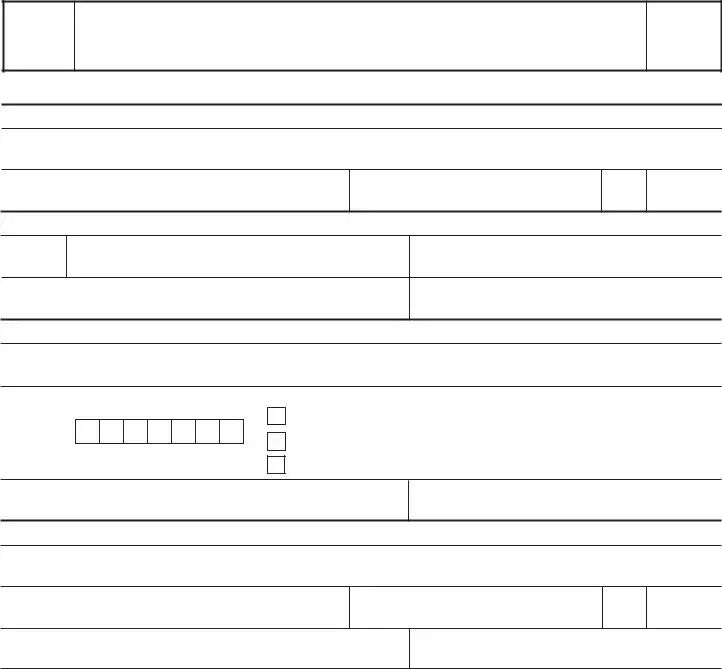The Form MV-103, or Odometer Disclosure Statement, offered by many states, is remarkably similar to Utah's TC-891 form in purpose and content. This document also captures crucial details during the transfer of vehicle ownership, including odometer readings, which help prevent odometer fraud. Both forms are legally required during vehicle sales and ensure that the new owner is aware of the true mileage of the vehicle.
The Vehicle Transfer and Reassignment Form, commonly found in states like California (Form REG 262), shares characteristics with the TC-891. Though the REG 262 includes additional details pertaining to the vehicle transfer, it also contains an odometer disclosure section. Both forms serve a dual function: to formally transfer ownership and to record the odometer reading, ensuring transparency in the transaction.
Another related document is the Secure Odometer Disclosure Form, used in states that require a more secure form of odometer disclosure to protect against tampering and fraud. While it parallels the TC-891 in collecting odometer readings and preventing mileage fraud, it incorporates security features like watermarks or special inks, which are not specified in the description of the TC-891.
The Federal Odometer Statement, a requirement for many states during the sale or trade of vehicles, is akin to the TC-891 form in its purpose. It enforces the federal requirement for odometer disclosure and serves to inform the buyer of the vehicle's true mileage, aiming to deter and identify odometer tampering, similar to Utah's objectives with the TC-891 form.
The General Bill of Sale document, while more broad in its application, often includes an odometer disclosure statement when used for vehicle transactions. This juxtaposes the TC-891, which is specifically designed for odometer disclosure. However, in transactions involving vehicles, both documents act to ensure the buyer is fully informed about the vehicle’s condition, particularly its mileage.
The Title Application forms, like the one used in Texas (Form 130-U), closely resemble the TC-891 form as they typically include sections for odometer disclosure alongside information necessary to transfer vehicle title. This not only facilitates ownership transfer but firmly establishes the vehicle's mileage at the time of sale, mirroring the protective intent behind the TC-891's odometer statement.
The Dealer Reassignment Form, part of the vehicle title in many states, includes a section similar to the odometer disclosure found in TC-891. Though primarily used by dealers during the transfer of vehicles not yet titled to a new owner, it captures odometer information to ensure transparency and maintain the integrity of the vehicle's mileage record.
The Odometer Correction Form is used to correct or update the mileage on a vehicle’s title document and shares the emphasis on accurate mileage disclosure with the TC-891 form. While focussed on correction rather than initial declaration, it underscores the importance of precise mileage reporting in the vehicle sale process, reflecting the shared objective of maintaining transparency within vehicle transactions.
